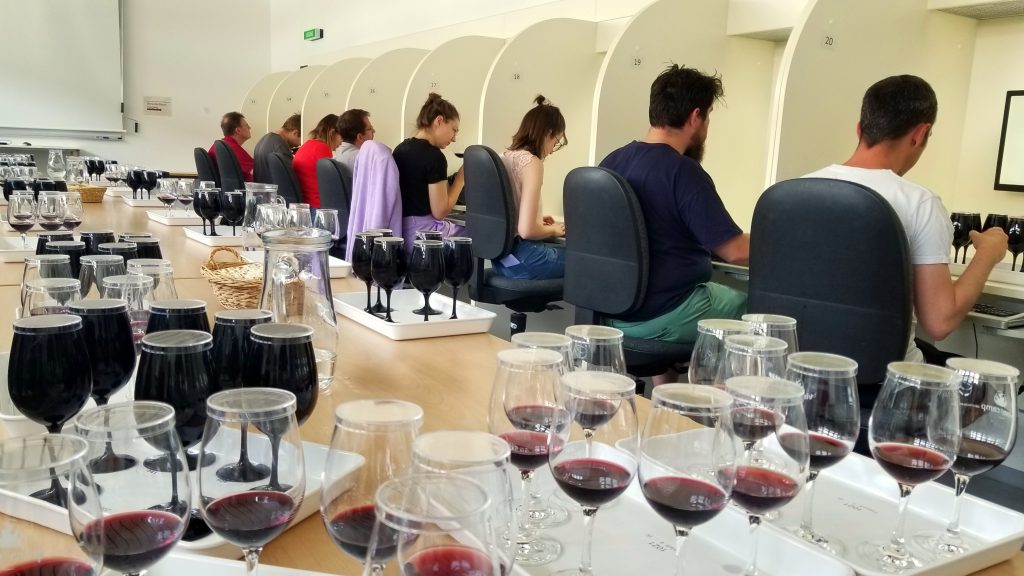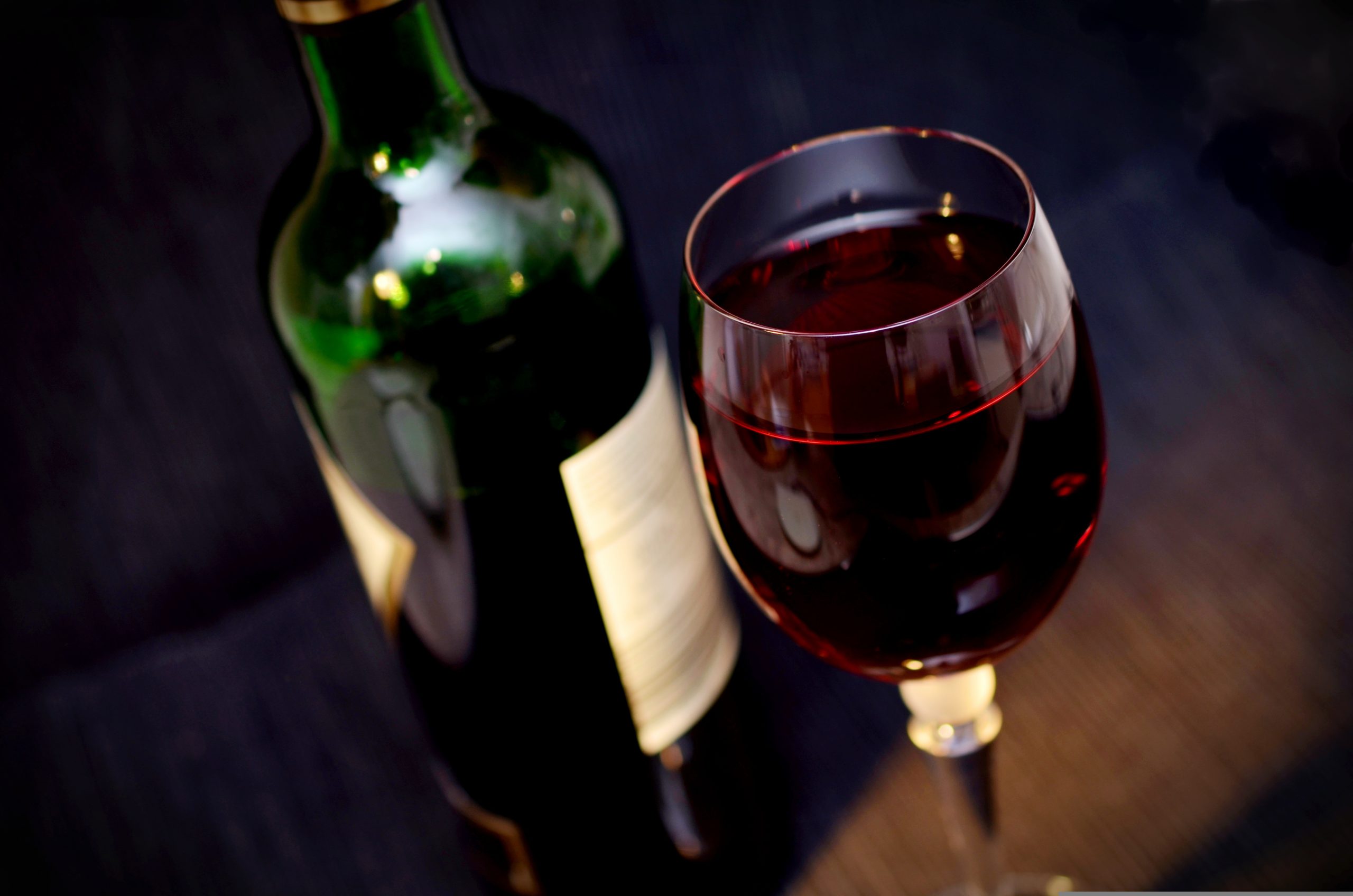
Given a primary goal of the PINOT project is to create a system capable of smelling and describing wine as a human would, it is critical that we better understand the “language of wine.” How do humans describe wine, and how can we teach an artificial intelligence what our words mean?
In the field of sensory science, the evaluation of foods and beverages has often been conducted using scales, which generate numerical data (e.g. indicating from 0 to 100 the perceived intensity of cherry aroma). While the processing of such data is straightforward, “quantitative descriptive analysis” requires extensive panel training/expertise, and is often time-consuming and fatiguing.
On the other hand, freely describing wine in one’s own words is far less tedious and much more organic. However, what exactly does someone mean when they say a wine has a “hint of cherry” or a “clearly noticeable cherry aroma”? What if someone says the wine reminds them of a cherry pie? There is currently no good way to extract information regarding perceived intensity from such textual descriptions. To bridge this gap between numerical data and textual descriptions, two connected tastings were held at the Weincampus Neustadt.
On June 19, 2023, panelists tasted several iconic red wines from California, from varieties including Pinot noir, Petit Sirah, Zinfandel, and of course Cabernet Sauvignon. They were free to describe the wines in any way they saw fit, with some using general impressions such as “fruity” or “vegetal” and others using more specific descriptors such as “cassis” or “green bell pepper.” Some panelists used simple qualifiers (terms modifying the intensity of descriptors) such as “light” or “very strong,” while others were a bit more poetic with their descriptions, using phrases such as “underscored by…” or “in the background/foreground.”
The most popular terms then became the quantitative scales used by another group of panelists, evaluating the same set of wines on July 3, 2023.
With assistance from Genie Enterprise, data from both tastings are being analyzed using artificial intelligence, in order to make connections between textual and numerical information. The goal is essentially to create a “dictionary” to translate between words and numbers. Not only would this further the PINOT project, but also advance the field of sensory science, lightening the burden of panelists by allowing them to describe wines (and other foods and beverages) in a more natural manner.
